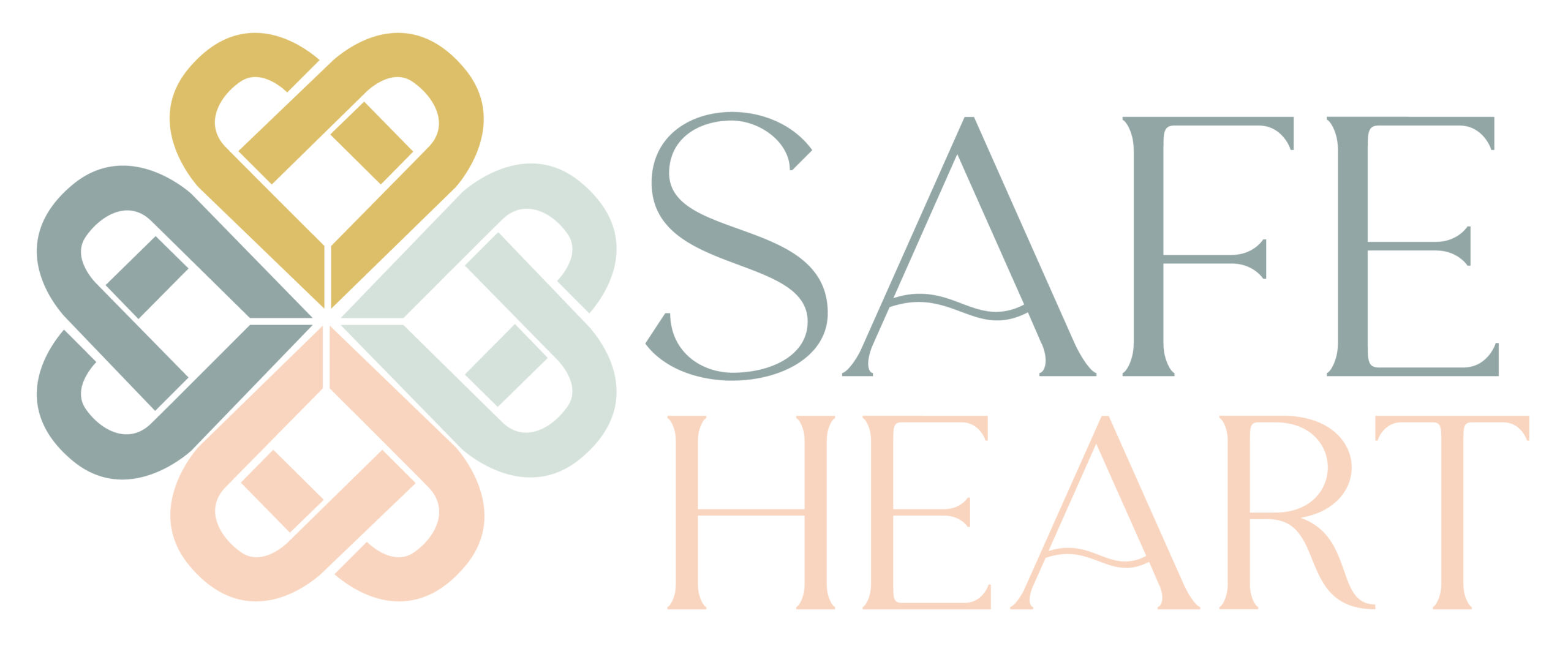Intravenous (IV) therapy is a medical technique that delivers fluids, medications, and nutrients directly into a vein. This method allows for rapid absorption and immediate effects, making it essential in various medical treatments and emergency situations.
IV therapy is commonly used to administer hydration, electrolytes, antibiotics, pain relievers, and chemotherapy drugs. It is also popular in wellness clinics for vitamin and nutrient infusions aimed at boosting energy, enhancing immune function, and improving overall health.
The procedure involves inserting a small catheter into a vein, typically in the arm or hand. The IV line connects to a bag containing the prescribed fluid, which is regulated to drip at a controlled rate.
Benefits of IV therapy include quick delivery of substances into the bloodstream, precise control over dosage, and improved hydration status. It is especially beneficial for patients who cannot take medications orally or require immediate treatment.
While IV therapy is generally safe, it must be administered by trained healthcare professionals to minimize risks such as infection, vein irritation, or allergic reactions.
In summary, IV therapy is a versatile and effective medical practice that supports patient care in hospitals and wellness settings alike.


